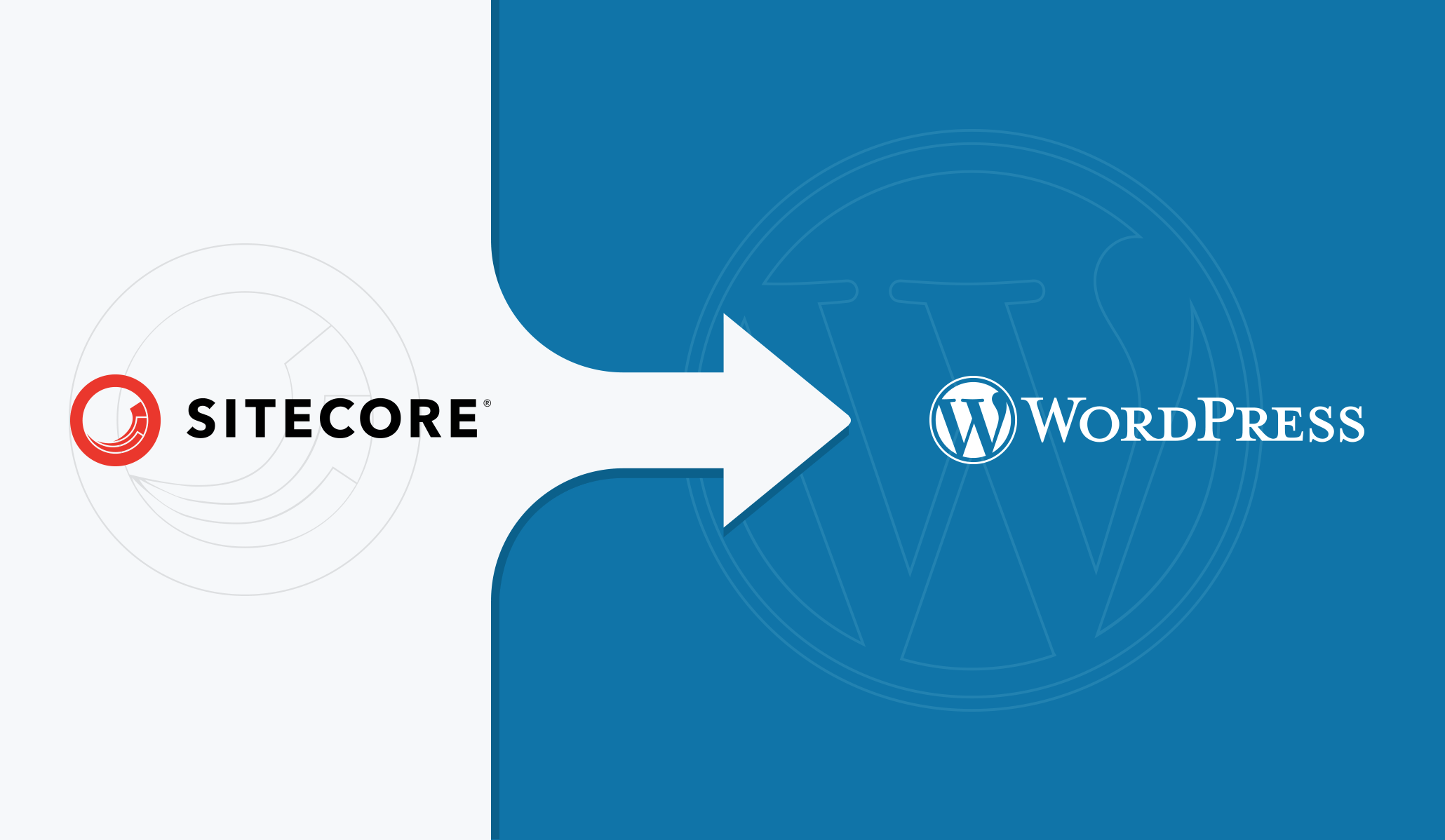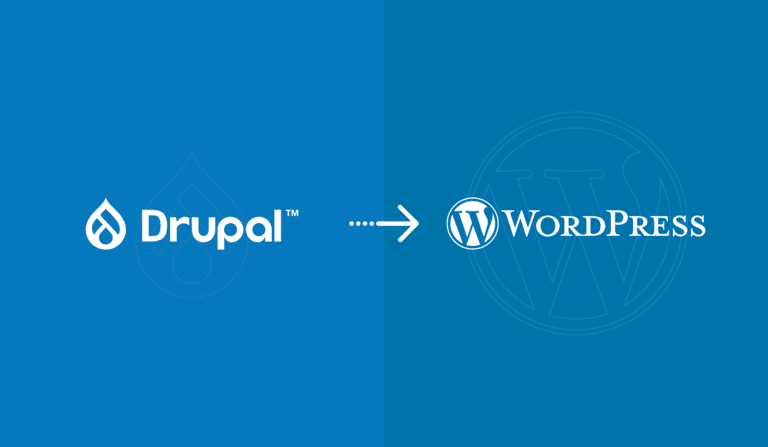Know more about
Your WordPress VIP Partner
Multidots is an Inc. 5000 company and one of the top WordPress development companies in the world. We are also one of the preferred enterprise WordPress implementation partners (WordPress VIP Gold Partner) selected by Automattic – the company behind WordPress.com, WooCommerce, and Tumblr. As a globally distributed team, we’re able to serve publishers in North America, Asia, and Europe.
We understand that you need a scalable CMS solution and ownership of your editorial workflows and content, so your publishing business can thrive — all we need is an opportunity to do what we do best. For over a decade, we’ve helped organizations maximize their web-based monetization initiatives by focusing on website performance and efficient workflows to reduce technical debt.
If your business is in publishing content at an enterprise scale, then join the others who trust Multidots with implementing their digital strategy and editorial workflow needs. Enterprise brands and global corporate groups like Ask Media, Tropicana (PepsiCo Venture), Association of American Publishers, and Storyful (Newscorp Venture) continue to partner with Multidots for complex and large-scale WordPress and multi-platform integrations.
WordPress Engineers
Websites Migrated to WordPress
Years of Operations
Top WordPress Development Agency
WordPress Development
Our expert WordPress developer will work with you to develop enterprise digital experiences that scale with your business. Being one of the most seasoned WordPress development agencies, we can put all of the platform’s amazing features into action for you, like advanced security and performance.
Case Study
WordPress Migration
Multidots makes migrating an established website to a WordPress website extremely smooth by utilizing our extensive knowledge and years of experience and expertise in WordPress migrations. We have experience with converting platforms such as Sitecore, Drupal, Django, proprietary CMS, Joomla to WordPress.
Case Study
The mission-critical migration to WordPress from Drupal for the largest, global – broadcasting shows – NABShow.
Happy Clients
The Multidots team accomplished what we hoped they would in an incredibly tight timeframe. All 11 websites are now performing at their best on WordPress VIP Platform and Multisite Setup—Huge thanks to the Multidots team!
Multidots team improved our website load time from 5.0s to 1.2s, 65% increase in the editorial team’s operational efficiency, 20% increase in page views and our organic search traffic jumped up from 40% to 60%
Why Multidots?
Go-to partners for enterprise-grade, mission-critical projects, ensuring seamless execution and tangible results.
Our streamlined processes and adaptable solutions make working with us a breeze.
Access premium solutions and expertise explicitly tailored for the enterprise sector, delivering unmatched value at competitive rates.
Our dedicated team is committed to providing top-tier support and solutions for your organization.
Rely on our proven track record as the go-to choice for platform migration in the enterprise sector, ensuring smooth transitions every time.
Enterprises such as Ask Media, Tropicana (PepsiCo Venture), Association of American Publishers, and Storyful (Newscorp Venture) trust Multidots to manage their WordPress websites.

